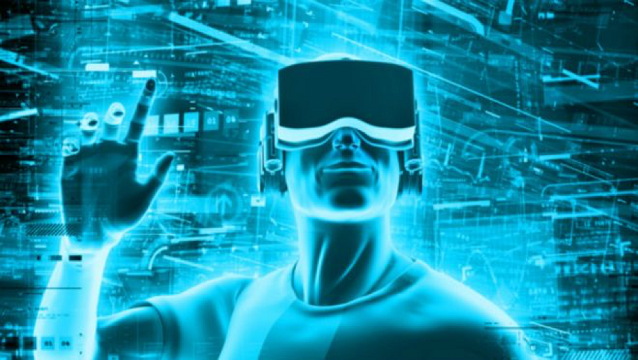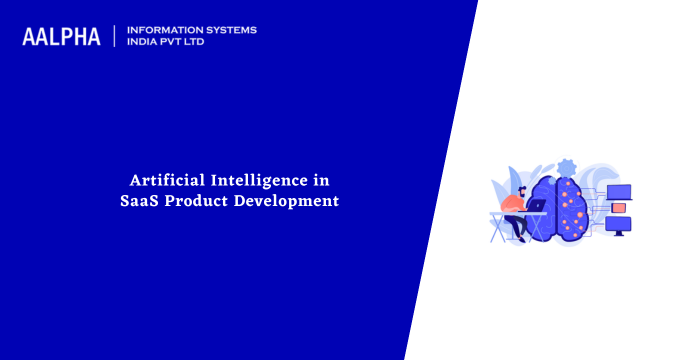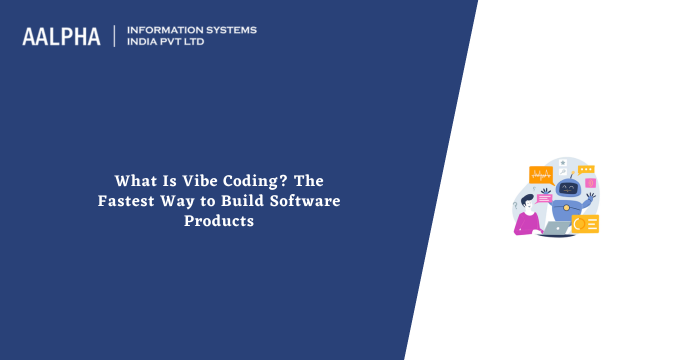Virtual reality was initially developed decades ago to create illusions like the panoramic paintings and 360-degree murals in the eighteenth century.
The first VR machine was developed by famous cinematographer Morton L. Heilig in the year 1956 which was named “Sensorama”. The device had a stereophonic 3D display and stereo speakers which were not only capable of providing the 3D view of the roads but also the sound, wind, and smell of the city.
Over the last couple of years, virtual reality has become popular worldwide, particularly in the gaming industry.
Skilled developers have developed new 3D applications such as AR – Augmented reality and MR – Mixed reality. The collection of these forms of 3D applications are known as XR – Extended reality.
As the hardware is becoming more affordable, the extended reality technology is being used to develop new iOS and Andriod frameworks. Top organizations are keeping an eye on these developing technologies as it helps in streamlining many industrial processes.
IBM recently made a collaboration with the cross-platform gaming company Unity to improve tooling for business application developers.
According to the latest IDC report, in the next four years, the VR market is expected to grow by 100% and by the end of 2021, the overall spending on VR/AR products and services will reach $215 Bn.
Challenges in developing virtual reality apps as compared to the web or mobile applications
The problems in developing VR/AR/XR apps are wide-ranging. As it is a new field as compared to mobile and web apps, hence most of the applications are still experimental. The practical looks of VR and its market size are still nor confirmed.
There are many technical as well as design changes which are still yet to accomplish. Motion sickness problems, controllers, locomotion and UI challenges are some of the issues which need to be fixed.
The difference in developing AR application versus MR/VR applications.
All the three technologies are usually lumped together; however, there are many significant differences between them.
AR is developed by placing a digital layer on top of reality, but MR is a spin-off of AR in which objects, for example, a baseball is set digitally into the real environment and responds according to the instruction given on that environment.
VR, on the other hand, creates its separate digital environment and completely blocks the real world.
It’s important to understand the different forms of XR to identify their respective problems and challenges while designing their applications.
A mobile game build for virtual reality is highly immersive. The differences also depend on how developers use these technologies.
Developers need to prepare themselves for the challenges they might face to provide the most intuitive experiences to their users.
Changes for developers in the development of enterprise-oriented AR/VR/MR:
Augmented reality and Mixed reality has helped many big organizations to market their products better by increasing the efficiency of their employees.
For example, AR-based Ikea app helps users to customize their room by selecting virtual furniture’s; similarly, many organizations use data visualization to assist their employees in identifying the surroundings accurately.
Many doctors and surgeons use VR to practice and implement new techniques. Most other sectors of industries are also using virtual reality to scale their businesses.
They are now focusing on the practical applications of AR, MR, and VR that would work in the real world and benefit people.
Issues of virtual reality which need to be fixed by developers using the latest technologies:
The challenges and problems are vast and so are their solutions. The biggest and most common issue is related to hardware, i.e., making VR and XR equipment practical and affordable which is also user-friendly.
Apart from smartphones, most other VR and XR hardware is expensive, difficult to use, bulky and unattractive which are not the attractive features a mass marker product should possess.
However, developers are working every day to cut its costs, shrink its size and to make it a mass market appeal.
It’s just a matter of time before the VR and XR devices capture the market. Then big organizations will hire more developers who have undergone a Software Engineer Online Course to make new and interesting applications, enhancing their skills and dexterity over programming languages.
As of now, any VR-based enterprise or organization does not have a cost-effective development strategy or plan to scale their business. It is due to VR’s young industry and small market size. Developers need to come with a successful strategy which any low-key development organization can also afford.
Cybersecurity is one issue which cannot be overlooked. It is said that by the end of 2020 businesses will lose more than $150 million due to the data breach.
Therefore, any high-profile cyber attack can break the trust of the audience in virtual reality and derail the entire industry.
VR may also affect your health in different ways. The long-term health effects are still yet to be known by their might some temporary side effects both mentally and physically.
Wearing the VR gadget for an extended period may cause a headache, blurred vision and queasiness. The impact is far more complicated mentally as overexposure to VR environments may affect your behavior and social interaction.
One of the most obvious issues of VR devices and application is its power-based limitations.
Batteries cannot be used for an extended period because it will drain after a certain limit as the VR and AR applications have high energy consumption.
If the VR gear or device can’t handle the application’s full potential, then it will hamper the overall user experience which is not good for business.
Final Considerations
With the rapid changes in wireless technologies and the usage of new devices, virtual reality is considered as the technology of the future.
Most of the industries like gaming, healthcare, real estate and many more are looking to leverage this new technology to stay ahead of their competitors.
The future of virtual reality is very bright and will thrive further in the upcoming years.
Developers need to be prepared for the evolution of virtual reality and solve the existing issues as this technology is redefining several sectors of industries





Share This Article:
Written by:
Stuti Dhruv
Stuti Dhruv is a Senior Consultant at Aalpha Information Systems, specializing in pre-sales and advising clients on the latest technology trends. With years of experience in the IT industry, she helps businesses harness the power of technology for growth and success.
Stuti Dhruv is a Senior Consultant at Aalpha Information Systems, specializing in pre-sales and advising clients on the latest technology trends. With years of experience in the IT industry, she helps businesses harness the power of technology for growth and success.